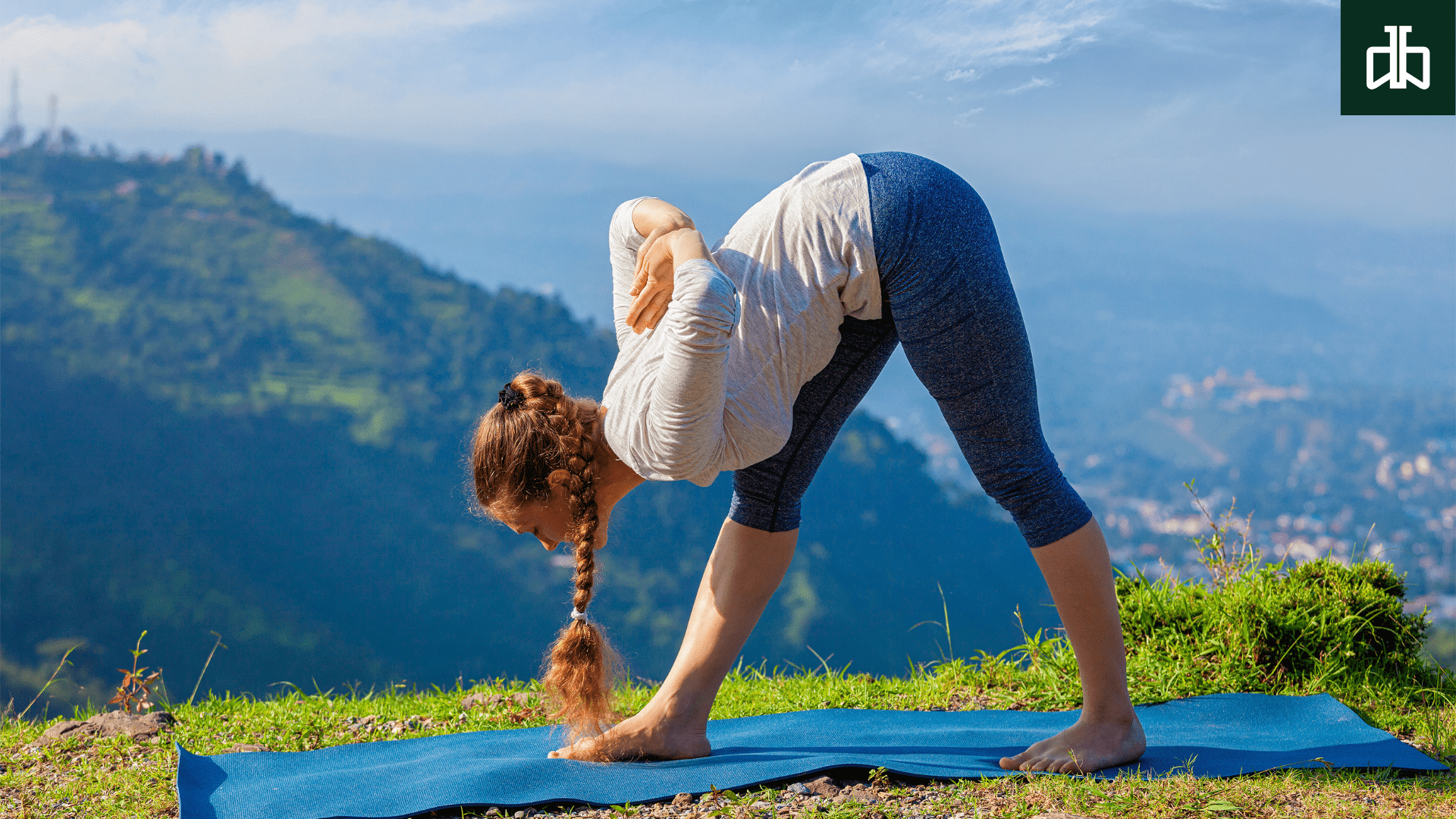The Ashtanga Yoga sequence is a dynamic and structured series of postures (asanas) linked together with breath-linked movement (vinyasa) and internal energy locks (bandhas).
Rooted in ancient tradition and popularized by Sri K. Pattabhi Jois, the Ashtanga Yoga sequence offers practitioners a transformative journey of self-discovery, purification, and holistic well-being.
In this article, we will explore the essence, principles, and benefits of the Ashtanga Yoga sequence, shedding light on its profound impact on body, mind, and spirit.
Understanding the Ashtanga Yoga Sequence
The Ashtanga Yoga sequence follows a specific order of postures, divided into different series, each designed to progressively purify and strengthen the body, calm the mind, and awaken the subtle energy channels (nadis) within the body.
The primary series, also known as Yoga Chikitsa or Yoga Therapy, is the foundational sequence, followed by the intermediate series (Nadi Shodhana) and advanced series (Sthira Bhaga).
Key Elements of the Ashtanga Yoga Sequence:
- Sun Salutations (Surya Namaskar): The practice begins with a series of Sun Salutations, A and B, which warm up the body, synchronize movement with breath, and establish a meditative rhythm for the practice.
- Standing Poses: The sequence includes a variety of standing poses, such as Forward Fold (Uttanasana), Warrior Poses (Virabhadrasana), and Triangle Pose (Trikonasana), which build strength, stability, and flexibility in the legs, hips, and spine.
- Seated Poses: The seated sequence comprises forward bends, twists, and stretches, including Janu Sirsasana, Marichyasana, and Paschimottanasana, which target the hips, hamstrings, spine, and internal organs.
- Finishing Poses: The practice concludes with a series of inversions, backbends, and closing postures, such as Shoulderstand (Sarvangasana), Headstand (Sirsasana), and Lotus Pose (Padmasana), which promote relaxation, rejuvenation, and integration of the practice.
Principles of the Ashtanga Yoga Sequence
The Ashtanga Yoga sequence is guided by several key principles that distinguish it from other styles of yoga practice:
- Breath-Centered Movement: Each movement in the sequence is synchronized with the breath, creating a seamless flow of energy and awareness throughout the practice.
- Dynamic Sequencing: The sequence of postures is carefully structured to systematically stretch, strengthen, and balance the entire body, promoting holistic well-being and vitality.
- Internal Energy Locks (Bandhas): Practitioners engage internal energy locks, such as Mula Bandha (Root Lock) and Uddiyana Bandha (Abdominal Lock), to channel and direct the flow of energy within the body, enhancing stability, alignment, and energetic awareness.
- Focused Attention: The Ashtanga Yoga sequence cultivates focused attention and mindfulness by encouraging practitioners to stay present with their breath, body, and sensations throughout the practice, fostering a meditative state of awareness.
Benefits of the Ashtanga Yoga Sequence
The regular practice of the Ashtanga Yoga sequence offers numerous benefits for both body and mind, including:
- Improved Strength and Flexibility: The dynamic sequence of postures strengthens and stretches the muscles, joints, and connective tissues, promoting overall strength, flexibility, and mobility.
- Enhanced Mental Clarity and Focus: The focused attention and mindfulness cultivated in the sequence sharpen mental clarity, concentration, and awareness, reducing stress and enhancing cognitive function.
- Balanced Nervous System: The synchronized breath and movement in the sequence balance the autonomic nervous system, promoting relaxation, resilience, and emotional well-being.
- Energetic Alignment: The engagement of internal energy locks (bandhas) in the sequence promotes energetic alignment and flow within the body, enhancing vitality, stability, and inner strength.
- Deepened Connection to Self: The Ashtanga Yoga sequence serves as a transformative journey of self-discovery and self-awareness, offering practitioners a profound opportunity to connect with their breath, body, and innermost essence.
Conclusion
The Ashtanga Yoga sequence is not just a physical practice; it is a sacred journey of purification, transformation, and self-realization.
By embracing the principles of breath-centered movement, dynamic sequencing, and focused attention, practitioners unlock the full potential of the practice, tapping into the innate wisdom and vitality within.
As we embark on this journey through the Ashtanga Yoga sequence, may we cultivate a deep connection to our breath, body, and innermost essence, experiencing the transformative magic of yoga on and off the mat.



